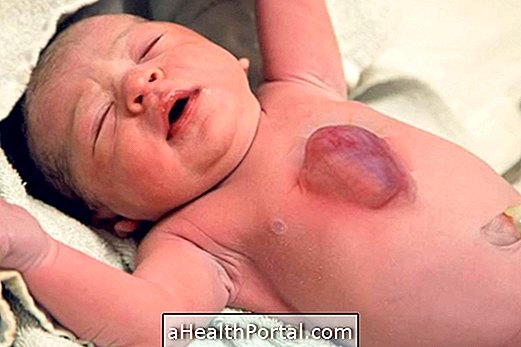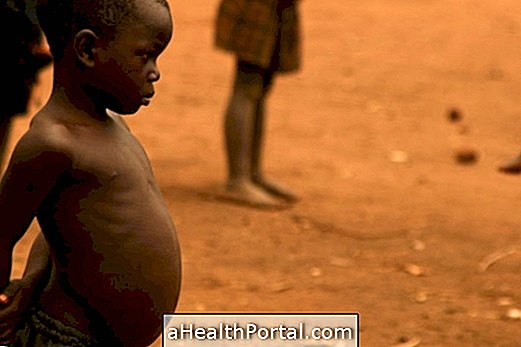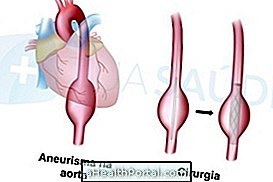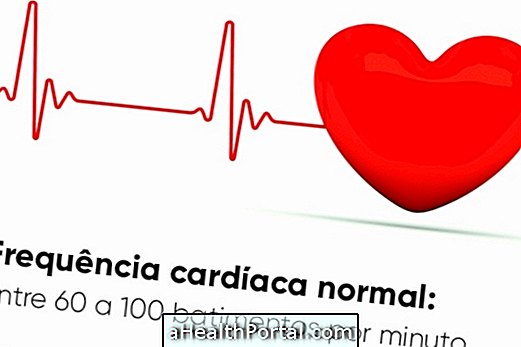Ectopia cordis, also known as cardiac ectopy, is a very rare malformation in which the baby's heart is located outside the chest below the skin. In this malformation, the heart may be located completely outside the chest or only partially outside the chest.
In most cases, there are other associated malformations and, therefore, the average life expectancy is a few hours, and most babies end up not surviving after the first day of life. Ectopia cordis can be identified as early as the first trimester of pregnancy through ultrasound examination, but there are also rarer cases in which malformation is observable only after birth.
In addition to defects in the heart, this disease is also associated with defects in the structure of the chest, abdomen and other organs, such as the intestine and lungs. This problem should be treated with surgery to replace the heart in place, but the risk of death is high.

What causes this malformation
The specific cause of the ectopia cordis is not yet known, however, it is possible that the malformation arises due to an incorrect development of the sternum bone, which ends up being absent and allowing the heart to pass out of the chest, even during gestation.
What happens when the heart is out of the chest
When the baby is born with the heart out of the chest, it usually also presents other health complications such as:
- Defects in the functioning of the heart;
- Defects in the diaphragm, leading to difficulty breathing;
- Intestine out of the proper place.
The baby with ectopia cordis has a higher chance of survival when the problem is only the poor location of the heart, with no other associated complications.
What are the treatment options
Treatment is only possible through surgery to replace the heart in place and to rebuild defects in the chest or other organs that have also been affected. Surgery is usually done in the first few days of life, but will depend on the severity of the illness and the condition of the baby.
However, ecotopia cordis is a serious problem and in most cases leads to death in the first days of life, even when the surgery is performed. Parents of children with this disease may undergo genetic testing to assess the chances of recurrence of the problem or other genetic defects in the next pregnancy.
In cases where the baby is able to survive, it is often necessary to have several surgeries throughout life, as well as maintaining regular medical care, to ensure that no life-threatening complications arise.
How to confirm the diagnosis
Diagnosis can be made from the 14th week of pregnancy through conventional and morphological ultrasound examinations. After diagnosis of the problem, other ultrasound examinations should be done frequently to monitor the development of the fetus and the worsening or not of the disease, so that the delivery by cesarean section is marked.






















